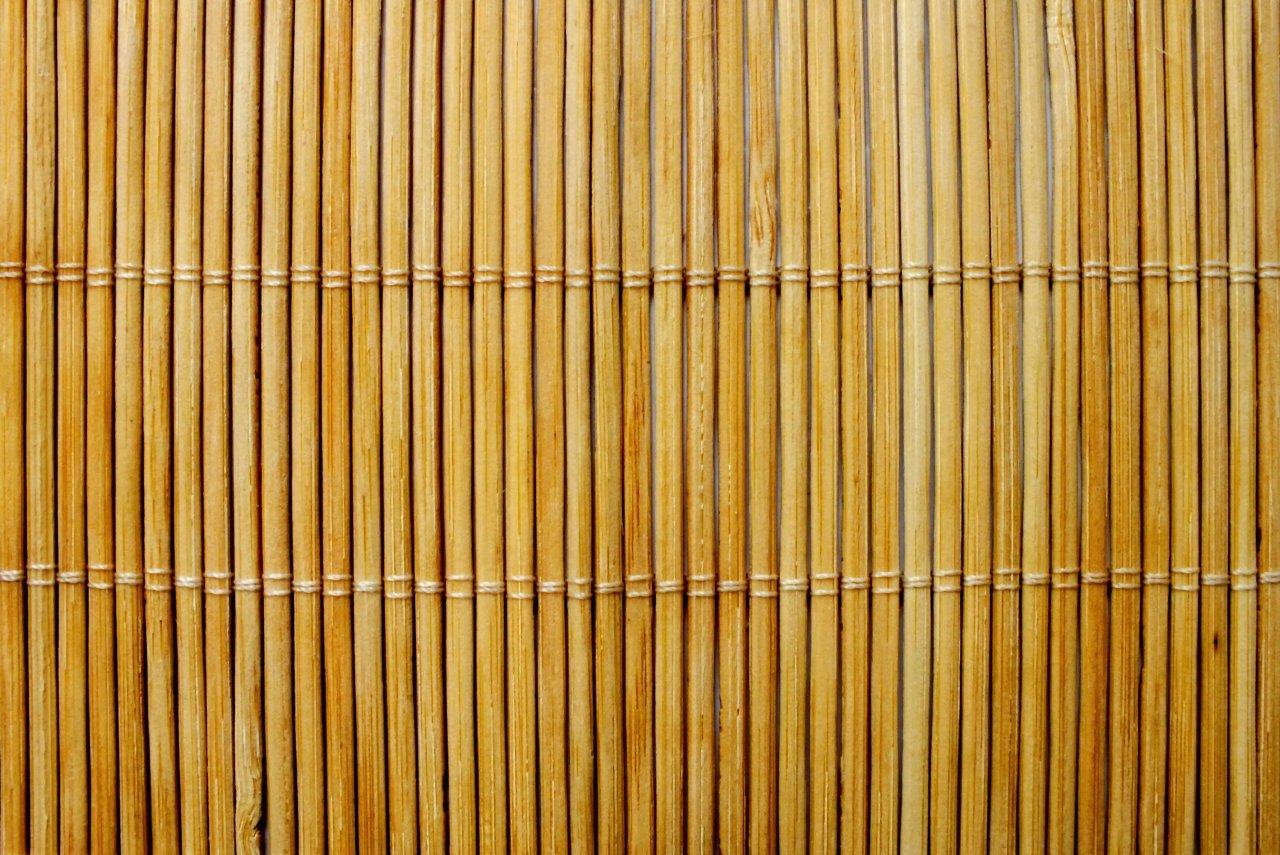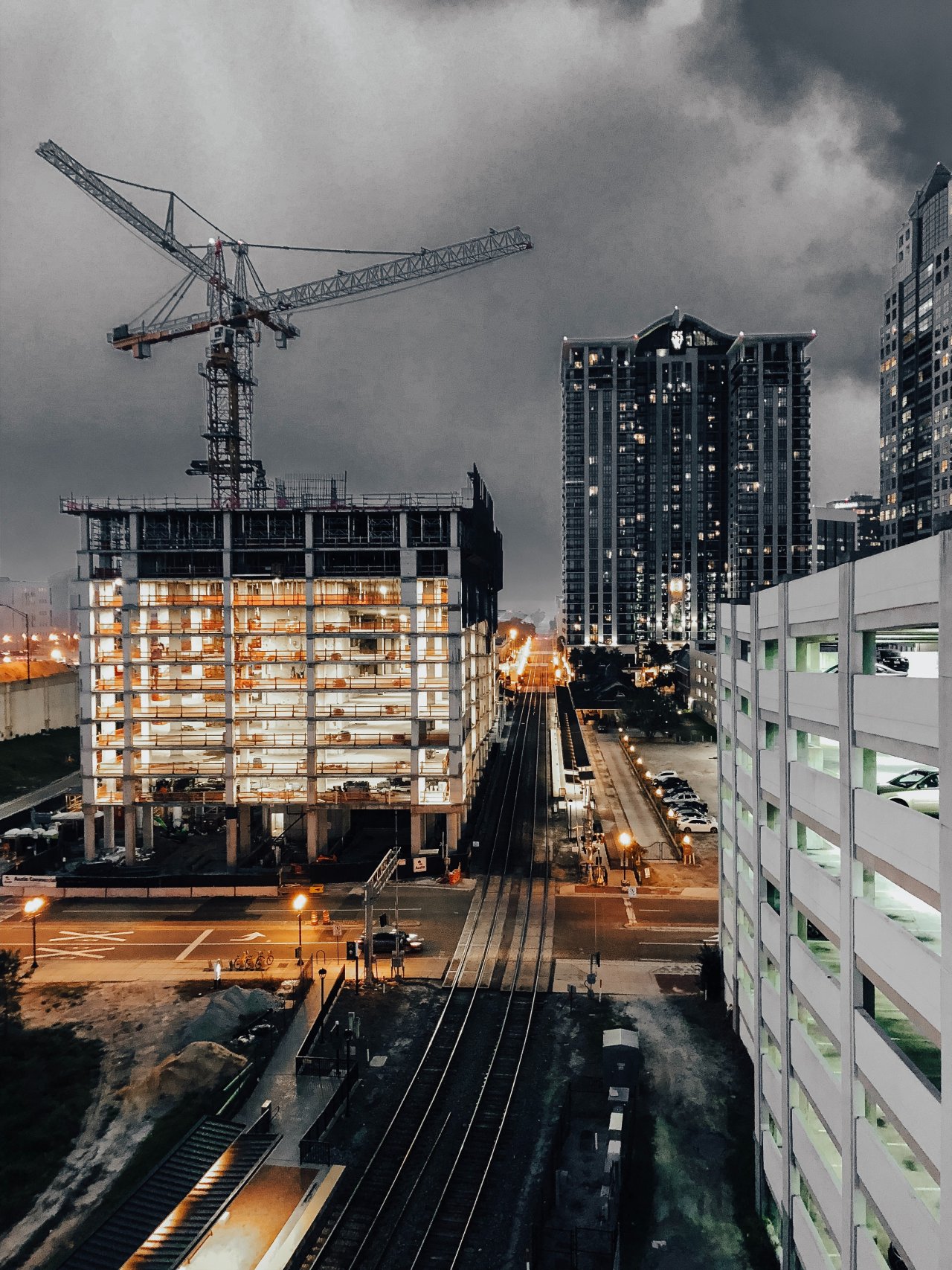4 Sustainable Construction Materials to Build a Better Future

The construction industry is one of the greatest sources of carbon emissions, accounting for approximately 39% of CO2 produced globally. And whilst transport and construction processes make up a large amount of this figure, cement alone is responsible for 9% of global carbon emissions.
As the urgent need for sustainability becomes increasingly clear, both emerging and traditional practices are being re-examined through a ‘green’ lens.
In our latest blog, we explore four sustainable construction materials that promise to revolutionise the industry by minimizing ecological footprints while offering efficient, economically viable alternatives for the future of building and design.
Bamboo: The Renewable Wonder
Bamboo stands out in the world of sustainable construction due to its extraordinary growth rate and robust physical properties. It can grow as much as three feet in 24 hours, reaching maturity within three to five years—much faster than hardwoods, which can take decades.
This rapid growth cycle allows for frequent harvesting without causing ecosystem disruption, making bamboo a top contender as a renewable resource.
“As a fast-growing grass, bamboo can serve as a renewable feedstock for a range of building material uses worldwide. With a tensile strength close to steel and a compressive strength twice that of concrete, bamboo is used for structural columns and beams, foundation, flooring, roofing and walls”
Building Materials and the Climate: Constructing a New Future, United Nations Environment Programme, Yale Center for Ecosystems + Architecture
Strength and Sustainability
Bamboo’s tensile strength is comparable to steel, with certain species offering even greater strength.
Its lightweight nature facilitates easy transportation and manipulation during construction processes, reducing overall energy use. Moreover, bamboo plays a crucial role in carbon sequestration, absorbing carbon dioxide at a higher rate than many trees, thus actively contributing to reducing greenhouse gas concentrations in the atmosphere.
Architectural Applications
The versatility of bamboo is showcased in projects like the Green School in Bali, Indonesia. Constructed entirely from this material, the school is not only structurally sound but also culturally and aesthetically sympathetic, demonstrating bamboo's potential as a primary material for educational, residential, and commercial buildings.
The Green Village, also in Bali, extends this application into luxurious, all-bamboo homes that merge traditional Balinese aesthetics with modern designs, further pushing the boundaries of bamboo architecture.
Recycled Plastic: Turning Waste into Building Blocks
With global plastic production exceeding 400 million tonnes annually, finding a purpose for plastic waste is critical. Recycled plastic in construction converts this environmental hazard into useful, durable building materials, helping to address waste management issues and reducing reliance on virgin materials.
Innovative Building Materials
Companies like Affresol are leading the charge by transforming recycled plastics into a novel building material known as Thermo Poly Rock, a sturdy, water-resistant composite used in constructing prefabricated buildings. This not only supports sustainability but also offers a practical, cost-effective solution for housing.
The PlasticRoad company in the Netherlands takes this further by creating roads from recycled plastic, which are not only quicker to install but also four times lighter than traditional roads, reducing transport emissions and installation energy.
Environmental Impact
Using recycled plastic in construction helps reduce landfill waste and oceanic pollution, decreases the energy consumption typically associated with producing new plastic products, and promotes a circular economy. By extending the lifecycle of plastic materials, these initiatives help mitigate the broader environmental impacts of plastic waste, which often end up in marine ecosystems, causing significant harm to aquatic life.
Reclaimed Wood: Preserving Natural Resources
Perhaps the most charming of all sustainable construction materials, reclaimed wood, sourced from old buildings, retired ships, and other sources, adds unique aesthetic and historical value to new constructions while conserving natural resources and reducing deforestation.
Sustainable Aesthetics
Reclaimed wood’s use in high-profile projects, such as the construction of the Seattle Convention Center Summit building, highlights its viability and aesthetic benefits, using wood reclaimed from an old building on the same site, as well as floating log booms, helping to achieve a Gold LEED Certification.
Carbon Footprint Reduction
The process of reclaiming wood has a lower carbon footprint compared to new lumber production, as it avoids the emissions associated with logging, transporting, and processing raw wood. Reclaimed wood also often requires less energy to prepare for construction, as it typically retains the shape and finish from its previous life, reducing the need for additional processing and treatment.
Carbon Negative Concrete: Not Neutral, Negative
Whilst many sustainable construction materials focus on replacing or reusing materials, carbon negative concrete embraces concrete – the second most used material in the world (after water) and maintains its utility.
True carbon negative concrete – that is, concrete which is ‘naturally’ carbon negative, rather than relying on carbon capture, utilization, and storage (CCUS), both avoids carbon emissions and actively absorbs carbon from the environment.
What is carbon negative concrete?
Carbon negative concrete, also known as carbon capture concrete or CO2-absorbing concrete, refers to a type of concrete that not only reduces CO2 emissions during its production but also actively absorbs CO2 from the atmosphere over its lifespan.
Partanna’s Innovation
Partanna has pioneered the development of a truly carbon negative that, due to a chemical process, removes vast amounts of CO₂ from the atmosphere naturally, without the need for CCUS.
This innovative approach positions Partanna distinctly against CCUS technologies, which primarily focus on capturing carbon at emission points
Unlike CCUS, Partanna's concrete incorporates CO₂ directly into the building material, actively reducing atmospheric carbon levels.
Environmental and Structural Benefits
Carbon negative concrete not only helps in fighting climate change but also maintains the structural integrity and durability required of concrete, making it suitable for a wide range of construction needs.
Partanna Concrete offers further benefits over traditional Portland Cement, especially in low-lying coastal areas given its resilience.
By integrating materials like bamboo, recycled plastic, reclaimed wood, and carbon negative concrete into more projects, the construction industry can significantly decrease its environmental impact.
These materials are not just sustainable alternatives but are proving to be superior in many ways to traditional construction materials.
As technology and awareness advance, these innovative materials have the potential to become the new standard in the construction industry, leading us towards a more sustainable and resilient future.
Related Article
December 19th, 2023
3 Smart Buildings Technologies To Demolish Carbon Footprint
The latest and most intelligent solutions to carbon emissions in construction.
